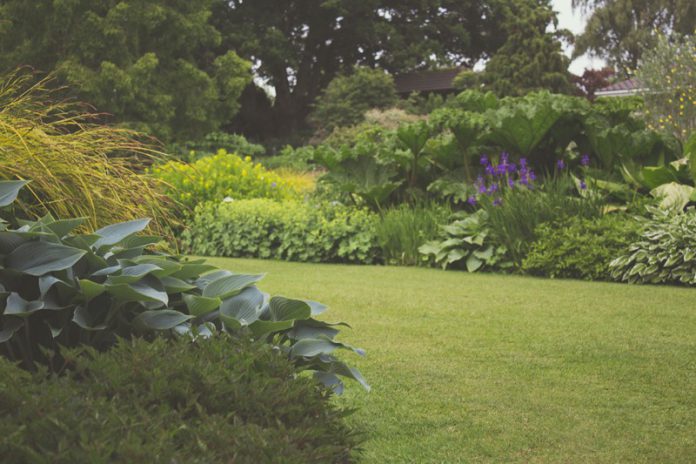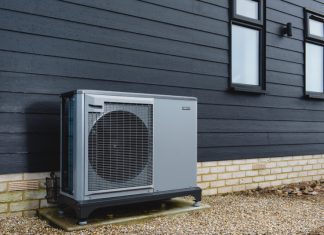Regularly maintaining a lawn is essential to keep it looking its best and stay healthy. Not only does a well-maintained lawn look amazing, but it also delivers many other benefits. For starters, regularly mowing and shortening grass helps control weeds from taking over the area, which can be unsightly and potentially damaging to the environment.
Additionally, regular lawn maintenance will help promote better air quality by keeping dust levels down and helping reduce the amount of pollen in the air. Furthermore, having a neat lawn can increase property value since potential buyers are more likely to be drawn to homes with beautiful outdoor spaces.
Finally, maintaining your lawn frequently will help preserve water resources since properly cared-for turf requires less water than an unmaintained one. You can get a professional to handle your lawn and leave it looking its best. By clicking here, you can get access to their services.
Watering and Fertilizing Tips for Beautiful Turf
When watering and fertilizing your turf, you should keep a few tips in mind. First of all, make sure that you water your lawn deeply and infrequently. It will encourage the roots to grow deeper into the soil, making them more drought-resistant. Additionally, try to water your lawn in the morning or evening when temperatures are cooler and there is less wind.
It will help reduce evaporation and ensure that more water reaches the roots of your grass. As for fertilizing, use a slow-release fertilizer that contains nitrogen, phosphorus, and potassium. These three elements are essential for healthy turf growth. Apply the fertilizer at least once every six weeks during the growing season and follow the instructions on the package for proper application rates.
Best Practices for Weed Control in Your Yard
Weed control is an essential part of keeping your yard looking its best. To ensure that your lawn is free from weeds, it’s important to follow a few best practices:
- Make sure to mow your lawn regularly and at the right height. It will help keep weeds from taking over by preventing them from getting enough sunlight to grow.
- Use a pre-emergent herbicide in the spring and fall to prevent weed seeds from germinating. You can also use post-emergent herbicides to kill existing weeds, but read the label carefully and apply them according to directions.
- Consider using mulch or ground cover plants around trees and shrubs to reduce the amount of light that reaches the soil surface and prevent weed growth.
Learn How to Aerate and Overseed Your Lawn Properly
Aerating and overseeding your lawn is a great way to keep it healthy and lush. First, you must aerate the soil using a garden fork or an aerator machine. It will help loosen the soil and allow air, water, and nutrients to penetrate deeper into the ground. Once you’ve done that, it’s time to spread the grass seed.
Use a good quality seed mix suitable for your climate and soil type. Spread the seeds evenly over the entire lawn area, then lightly rake them in so they make contact with the soil. Finally, water your lawn regularly until the new grass has grown in fully. This process may take several weeks, depending on how quickly your grass grows.














